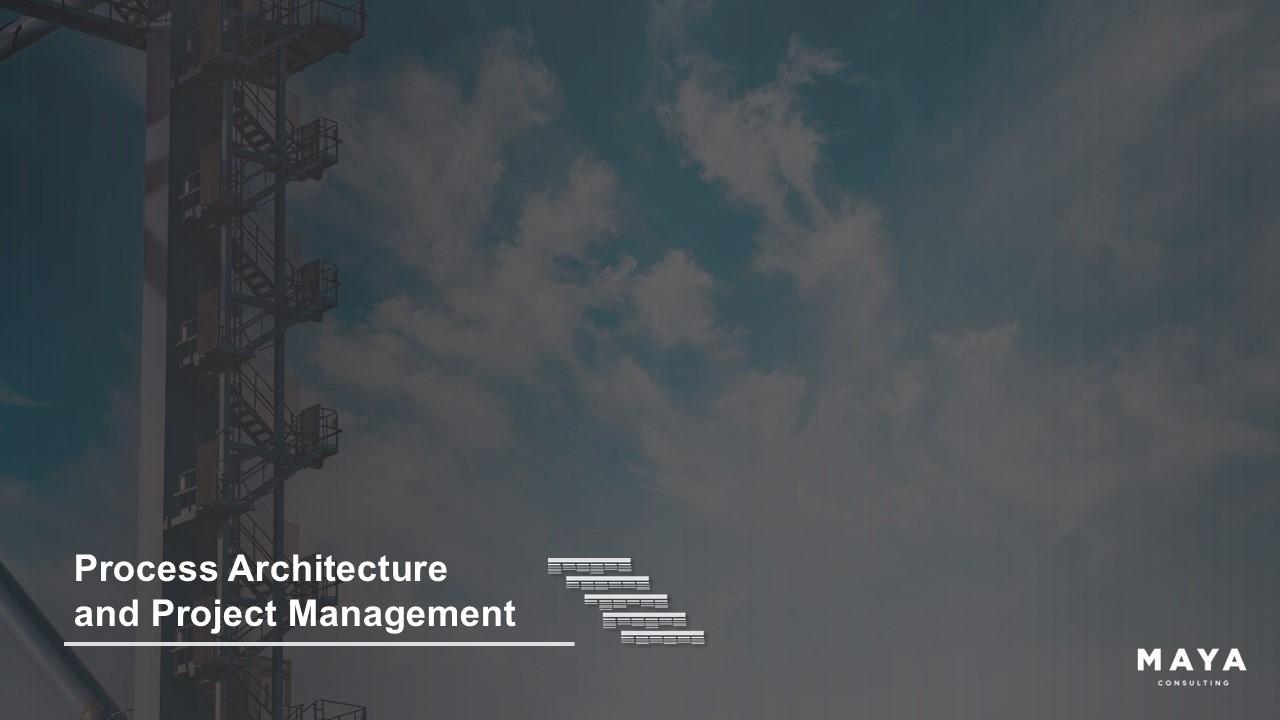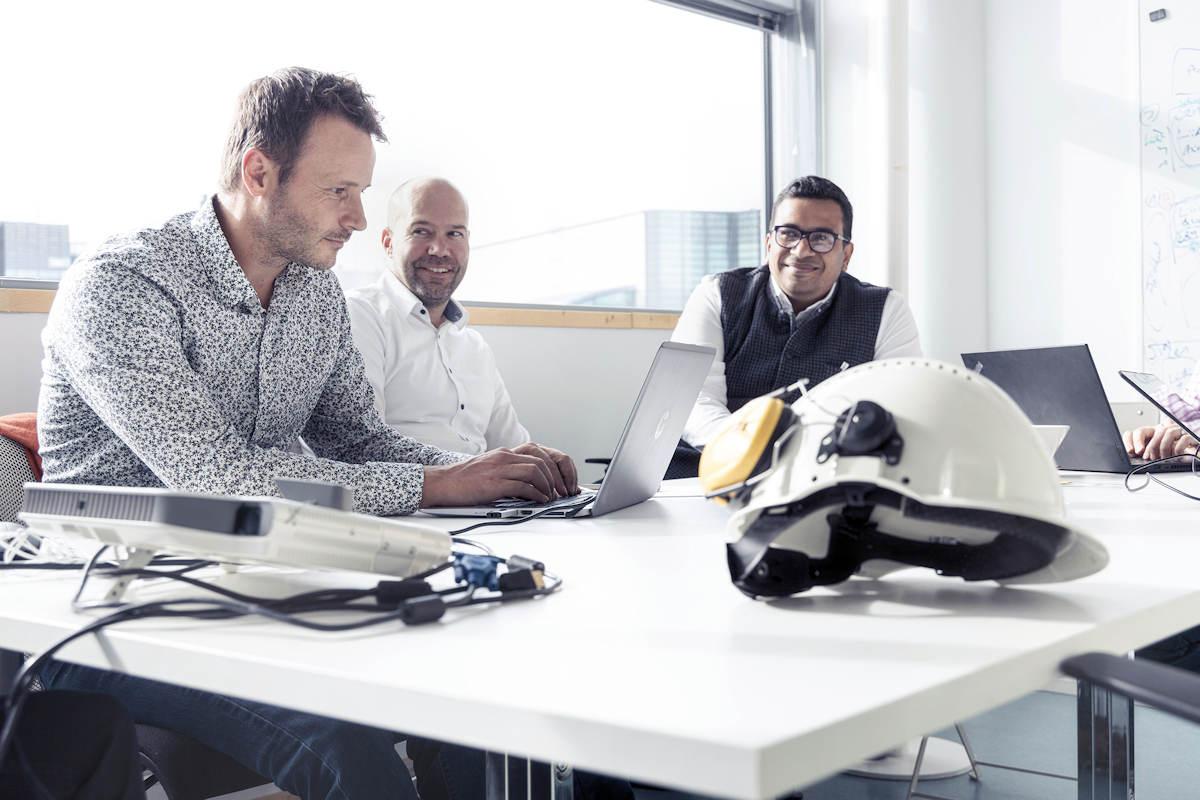Decision making regarding organisational changes can be challenging. It is easy to recognise the need for change but finding the correct decision and solution can be gruelling. Maybe you want to improve the compensation plan for employees? Maybe there is a need for a new staff scheduling program? Perhaps there is a need for a completely new ERP system? Whatever the project may be, sometimes the result of implementing a bad decision can have negative value and ultimately create more harm than good. A good mitigator of these risks is a stable base of decision making and the correct orientation towards the solution that is most likely to succeed the best.
Iterative decision making
Though in some situations finding the correct solution is not completely clear. In such moments, a good rule of thumb is to employ iterative decision making. You can be decisive with small steps and iteratively change your orientation when new information emerges. If the need for a decision is dire, we must be able to safely start moving in some direction. Standing still is rarely a good option.
The OODA-Loop
What small decision should I make? An easy way to guide yourself to a solid decision is through the OODA-loop: 1. Observe, 2. Orientate, 3. Decide, 4. Act.
Firstly, you check your surroundings. How does your organisation operate, and what must be considered regarding the different elements of the organisation? What risks must I consider? What problems must be solved? Secondly, after observations have been made, one can begin orientating towards a possible solution. Thirdly, you create a decision hypothesis: what will you decide, and why? Now you can actively move towards the decision made and act accordingly, which covers the fourth step.
Now, as the action unfolds the loop begins again and you should immediately start observing. What has changed? What risks might this unfolded situation contain? What problems might our actions solve? Now you can again begin the orientation towards a new decision. Through iterative decision making using the OODA-loop, the risks of deciding wrong are significantly mitigated, and you can still manoeuvre flexibly with varying possible actions.
But is not active and confident decisiveness good?
Certainly, decisiveness is good. But making overly large decisions with high consequences without a good base for the decision made can be catastrophic. Conscientious movement through a solution path will help you stay decisive, but not careless.
What is more, overly decisive manoeuvres can be heavily affected by cognitive biases. Often, we fall into the overconfidence bias, where we tend to hold a misleading assessment of our capabilities, which might lead us to make careless decisions. Another relevant bias is the neglect of probability, which is our tendency to disregard probabilities under uncertain situations. Similarly, we must remember that because one solution has worked in the past, it does not mean the same solution is adequate for the pressing matter today. With iterative decision making, we have a greater probability of recognising when we are moving in the wrong direction.
Sometimes decisions turn out to be suboptimal
Here, the effect of sunk costs must be mentioned. Don’t fall into the trap of overly committing to a failing course of actions. If you recognise you are moving in a suboptimal direction, take a step back and look around. Observe, re-assess, orientate towards a new decision, decide and act. What is lost, is lost. Focus on learning from the mistakes and move forward. Every mistake can be assessed as an equivalent or more extensive success in the future.
Summary
Decision making can be quite tricky. Finding the right solutions sometimes even more so. When uncertain about the decision, create a decision path for yourself and your team. Start making small iterative decisions using the OODA-loop. Mitigate the risks of bad decisions and increase the possibility of future success.



